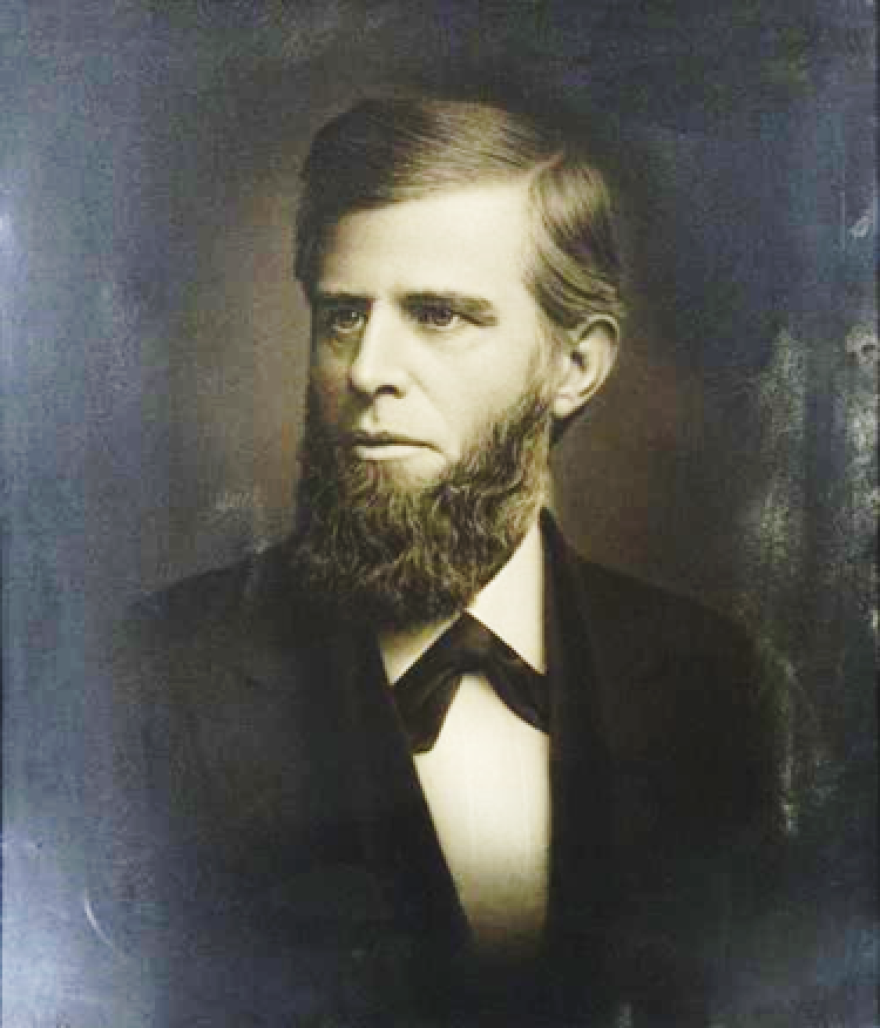The chronic need for trained teachers in Missouri gave rise to the normal school movement. The movement gained momentum in the 1850s, was delayed by the Civil War, and came to the forefront thereafter. The state legislature created a third normal school district in Southeast Missouri in 1873 after establishment of the first two schools in Kirksville and Warrensburg.
After a convoluted and acrimonious process, the new Board of Regents selected Cape Girardeau as the site for the Southeast Missouri Normal School. Some counties in the district raised objections to the choice, including the location of Cape Girardeau on the periphery of the district, lack of good roads limiting attendance, and most interestingly, spurious objections to Cape Girardeau County’s morality and its effect on teachers training at the school. Local interests organized protest meetings and proponents introduced an unsuccessful bill to carve out a second southeastern district.
A crucial decision was selection of a principal for the new school. The fifth leader, Willard Vandiver, would be the first to hold the title of President in 1893. The new principal served as administrator, chief student recruiter, and head teacher, and would guide the institution through the establishment of a curriculum of study and establishment and construction of a campus and administration building. The Executive Committee of the Board of Regents looked to the faculties of the two existing normal schools to find a principal and selected the Vice-Principal of the Warrensburg Normal School—Lucius H. Cheney.
Cheney graduated from Albany State Normal School at Albany, New York in 1852. He served as principal of a public school in Joliet, Illinois in 1859, then of Baldwinsville Academy in New York in 1860. Cheney saw no service in the Civil War, and by 1869 lived in Webster Groves, Missouri. His tenure at Warrensburg began in 1871. Cheney knew education through experience at all levels and at both public and private schools. Students were coming from varied backgrounds, so Cheney personally examined each prospective student to determine their course of study.
In 1873 the Third District Normal School opened in the old Lorimier School building with five faculty members and 35 students. The study body would quickly grow to 57. One requirement of early students was learning Latin and Greek. Cheney’s personal touch and commitment to a quality curriculum and training resulted in an increase of enrollment to 229 by the 1875-1876 academic year.
Cheney remained an active scholar through his time at the State Normal School. He joined the Harvard summer school of geology in summer 1876, which undertook opening a mound for archaeological excavation at Rose Hill, Lee County, Virginia.
On the afternoon of July 21, the workers in a shaft dug in the mound uncovered remains of a child and adult buried with numerous artifacts. A similar discovery occurred in a side excavation at a depth of about six feet. Cheney entered the shaft at about 5 p.m. and lay down to pick bones out of the earth with a pocketknife. He had just announced he could save the entire skeleton when the shaft above collapsed. Rescuers could not reach him for over 20 minutes, by which time he was dead. He died instantly from internal injuries.
Cheney's body is buried in the Lorimier Cemetery where his tombstone reads "a teacher." The institution memorialized him in the naming of Cheney Hall.



